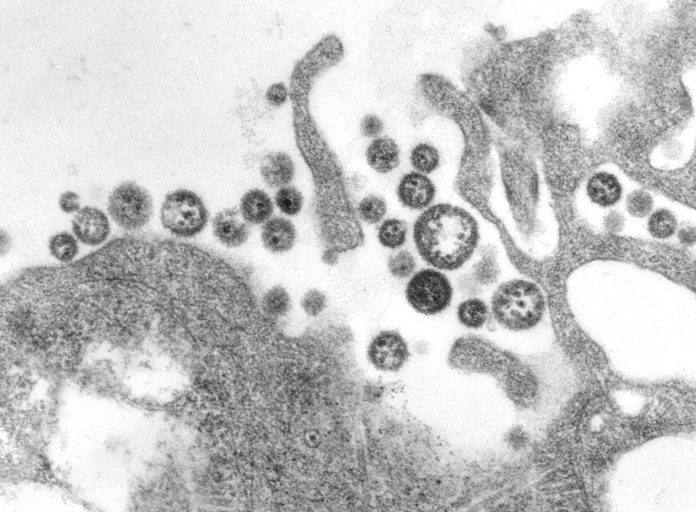The Nimba County Health Team is reporting that Lassa fever cases in the county are becoming alarming, with nine cases confirmed.
At least three deaths have been reported so far.
The county health surveillance officer, Isaac Cole, told reporters in Nimba that three districts, including Sanniquellie Mahn, Saclepea and Tappita have been declared as the “epicenters” of the deadly disease.
Of the three districts, Cole said Sanniquellie Mahn is the worst affected area where over 30 cases of suspected Lassa cases were registered, nine confirmed, and from where the three deaths are recorded.
He has meanwhile warned locals to avoid rodents (rats) by thoroughly cleaning their surroundings to stop the flow of rats in their homes.
The County Health Team is therefore calling on the residents to report any suspected case, particularly people who may have developed prolonged fever, to any of the nearest health facilities. Residents are also advised not to bury the dead (suspected Lassa fever patients) without referencing trained medical practitioners.
“Protect your food from rats, and also avoid touching them at all times, should you encounter one,” he added.
The government of Liberia through the National Public Health Institute of Liberia (NPHIL) in late August this year declared Lassa fever outbreak in the country after several laboratory tests confirmed several cases.
On August 24 and 25, 2019 National Public Health Institute of Liberia (NPHIL) confirmed two additional cases of Lassa fever infection in a 46-year old male and a 14-year old female, both residents of Suakoko Town, Bong County.
The agency reported that the case fatality rate among confirmed cases is 36% and males are mostly affected by the disease (56%) of confirmed cases as compared to females.
About Lassa fever
Lassa fever is an animal-borne, or zoonotic, acute viral illness. It is endemic in parts of West Africa including Sierra Leone, Liberia, Guinea and Nigeria. Neighboring countries are also at risk, as the animal vector for Lassa virus, the “multimammate rat.
An estimated 100,000 to 300,000 infections of Lassa fever occur annually, with approximately 5,000 deaths.






















